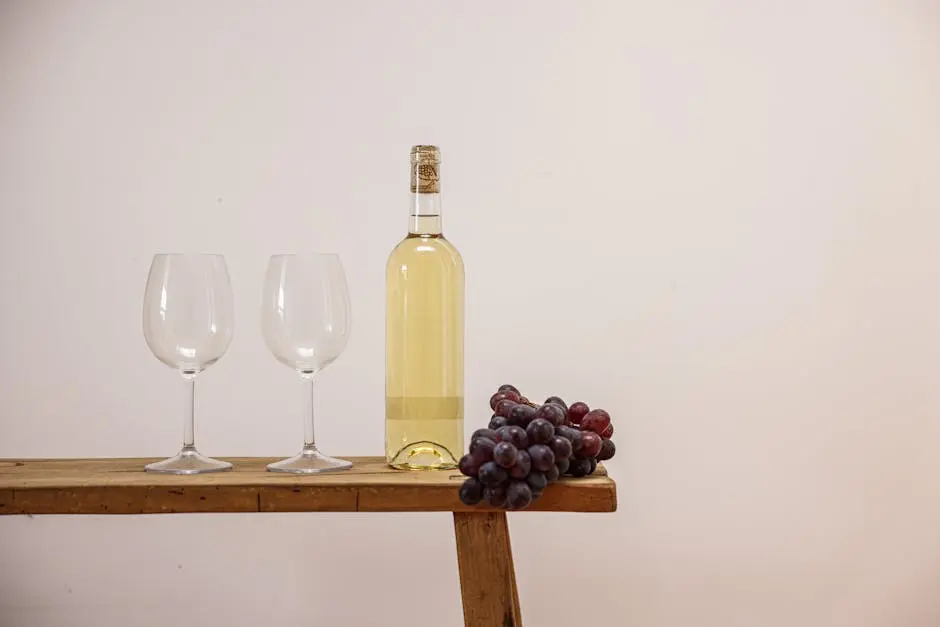Chardonnay, the beloved white wine, holds a world of secrets beyond its crisp taste. Whether you’re a wine connoisseur or a casual sipper, there’s always something new to learn about this versatile grape. Join us as we uncork some surprising and lesser-known facts about Chardonnay that will enrich your appreciation for this classic wine.
1. Origins of Chardonnay
Chardonnay’s journey began in the illustrious Burgundy region of France, renowned as one of the most prestigious wine-growing areas in the world. This grape, steeped in history, is often linked to its genetic connections with Pinot Noir and Heunisch grapes, suggesting a fascinating heritage that has unfolded over centuries. For those who relish unraveling the intricate tapestry of its lineage, modern genetic testing has confirmed this ancient grape’s ties, offering a glimpse into its centuries-old legacy Everything you Need to Know about Chardonnay. Its continued cultivation in Burgundy exemplifies the enduring allure of Chardonnay, as winemakers have perfected the art of producing wines that beautifully balance richness and acidity.
The 1990s saw a Chardonnay renaissance, driven by a surge in popularity among urban consumers who found its flavors elegant and sophisticated. This zeitgeist, affectionately dubbed the ‘Bridget Jones’ effect, saw vineyards around the world, from France to California, rushing to meet demand. While production has since stabilized, Chardonnay’s appeal remains global, with its adaptable nature ensuring that vineyards in various climates can yield delightful variations of this beloved wine.
2. Global Cultivation
Chardonnay’s reputation as a globe-trotter is well-deserved; its adaptable nature allows it to thrive across diverse climates and regions. From the sun-kissed vineyards of California to the cool climes of New Zealand, each location imparts a unique flavor profile to the wine. In warmer climates, expect a tropical allure, with luscious notes of mango and pineapple. Conversely, cooler regions such as France’s Chablis area emphasize crisp, citrusy nuances, often complemented by a refreshing minerality. Its ability to flourish in such varied conditions has made Chardonnay a beloved staple in both old world and new world wine regions Everything you Need to Know about Chardonnay.
As you explore wineries globally, it’s important to remember that Chardonnay often serves as the winemaker’s canvas, reflecting not only the terroir but also the techniques chosen by the winemaker. In California, for instance, the influence of American oak adds distinct vanilla and toast qualities, while French winemakers might opt for a more restrained use, allowing the grape’s purity to shine. This diversification illustrates Chardonnay’s inherent versatility, making it an essential grape in both traditional and innovative winemaking.
3. Versatile Flavor Profile
The versatility of Chardonnay is undoubtedly one of its most appealing traits, with a flavor profile that can range from crisp and vibrant to rich and opulent, depending on its origin and vinification process. For those unacquainted with Chardonnay’s diverse palette, the wine can surprise with its multitude of expressions. The grape’s adaptability allows winemakers to craft everything from the steely, unoaked styles reminiscent of green apples and pear to the more decadent, oak-aged versions that exude layers of butterscotch and vanilla Everything you Need to Know about Chardonnay.
One pivotal aspect contributing to Chardonnay’s flavor complexity is the process of malolactic fermentation. This secondary fermentation has the power to transform the wine’s texture, introducing a creamy mouthfeel and buttery taste that many enthusiasts find irresistible. However, the decision to employ this technique lies with the winemaker, offering them another layer of creativity to explore in crafting their next exceptional vintage.
4. A Pairing Partner
For those who delight in the art of food and wine pairing, Chardonnay’s versatility as a culinary companion is unparalleled. Its dynamic flavor spectrum enables it to complement a wide array of dishes, from the simplicity of roasted poultry to the complexities of creamy pastas. When considering Chardonnay for your next meal, one rule of thumb is to tailor the wine’s weight to the richness of the dish. Lighter-bodied Chardonnays effortlessly enhance delicate seafood like shrimp and scallops, while the robust, oak-aged versions stand up admirably to richer fare such as salmon or lobster in buttery sauces Everything you Need to Know about Chardonnay.
Chardonnay’s culinary flexibility extends beyond traditional pairings, encouraging experimentation with flavorful cheeses like creamy brie or aged gouda. In an adventurous twist, consider serving a zesty, unoaked Chardonnay alongside regional or spicy cuisines; its natural acidity can act as a palate cleanser while accentuating the food’s spices. So, whether you’re a fan of local gastronomy or global cuisine, there’s likely a Chardonnay style that’s perfect for your next dining experience. Explore this further by visiting the Tasting Room at Lecavalier Cellars and discover the perfect pairing for yourself.



